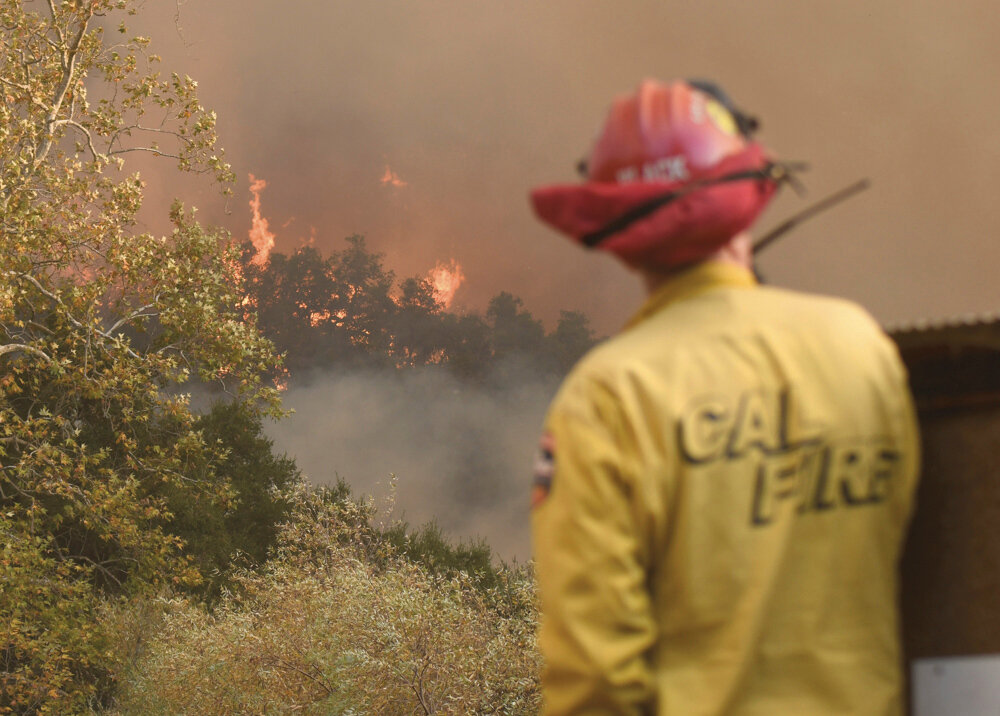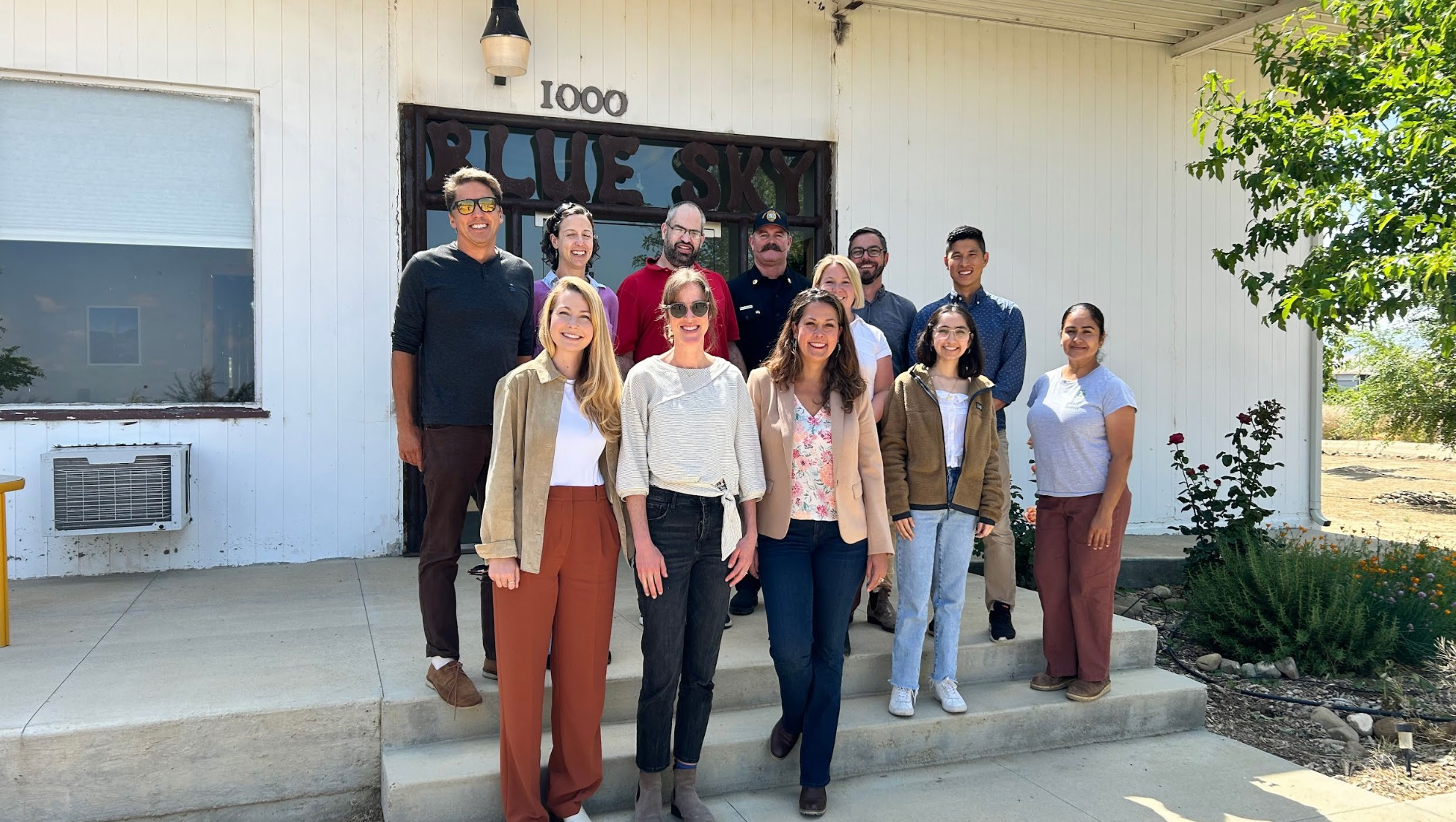
Climate Resilience > Resilience Hubs
Community Resilience Hubs
Climate disasters like extreme heat, wildfires, poor air quality, and flooding can strike our region at any time. Community Resilience Hubs help ensure the community is ready. That’s why the Community Environmental Council is partnering with the Central Coast Climate Collaborative (C4), County of Santa Barbara, Tri-County Regional Energy Network (3C-REN), and several area nonprofits to accelerate the establishment of Hubs across the California Central Coast region.
Community Resilience Hubs are existing and trusted locations like schools, community centers, churches, and libraries that provide aid and resources before, during, and after disasters. Resilience Hubs are designed in partnership with residents to:
Provide clean air during smoke events
Act as cooling locations during extreme heat
Distribute food
Serve as an emergency shelter or hub for emergency services
Facilitate disaster preparedness training and neighborhood organizing
Host off-grid charging during power outages or shutdown
What are Community Resilience Hubs?
HOW TO TAKE ACTION
Establish A Resilience Hub in Your Community
Do you have a facility — or know of one — that could serve as a community resilience hub? Tell us about it, and we’ll help you get started. Fill out the Community Resilience Interest Form.
Already on Your Way to Activating a Resilience Hub?
Designed to help local leaders and organizations create community resilience hubs, the Central Coast Community Resilience Hubs Toolkit includes an introduction to community resilience hubs, step-by-step guidance on activating your facility, and a library of curated and regionally-tailored resources
WHAT CEC IS DOING
Central Coast Community Resilience Hubs Accelerator
CEC and our partners in the Central Coast Climate Collaborative (4C) are working to facilitate the rapid mobilization of community resilience hubs that serve residents who are most vulnerable or at high risk during extreme weather and disaster events such as wildfires, poor air quality, extreme heat, and flooding.
To make this happen, CEC is providing:
Connection to available resources in your area: energy auditing, local electrification incentive programs
Liaison with government agency partners in your area: the Office of Emergency Management (OEM) for emergency service support, the Air Pollution Control District (APCD) for clean air center support, Public Health for public communications support, city and county Sustainability Departments for energy resilience support, etc
Hazard identification and risk assessment for your facilities
Training for your staff and board on how to integrate resilience hub services
Support with resilience hub operation and funding plans, grant development, and grant writing, as budget permits
Community engagement plans and consultant services




